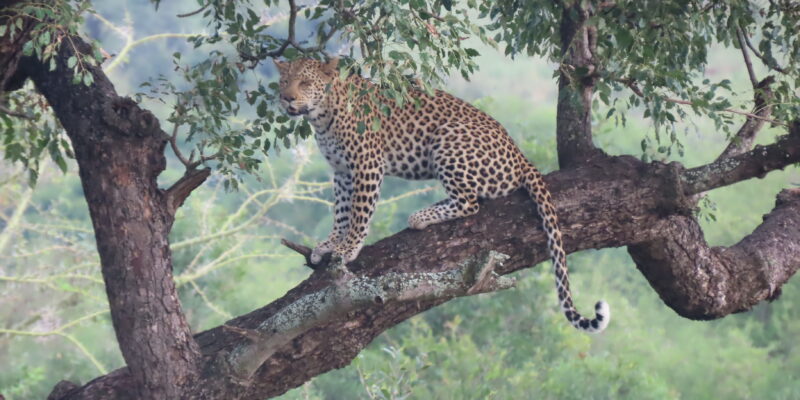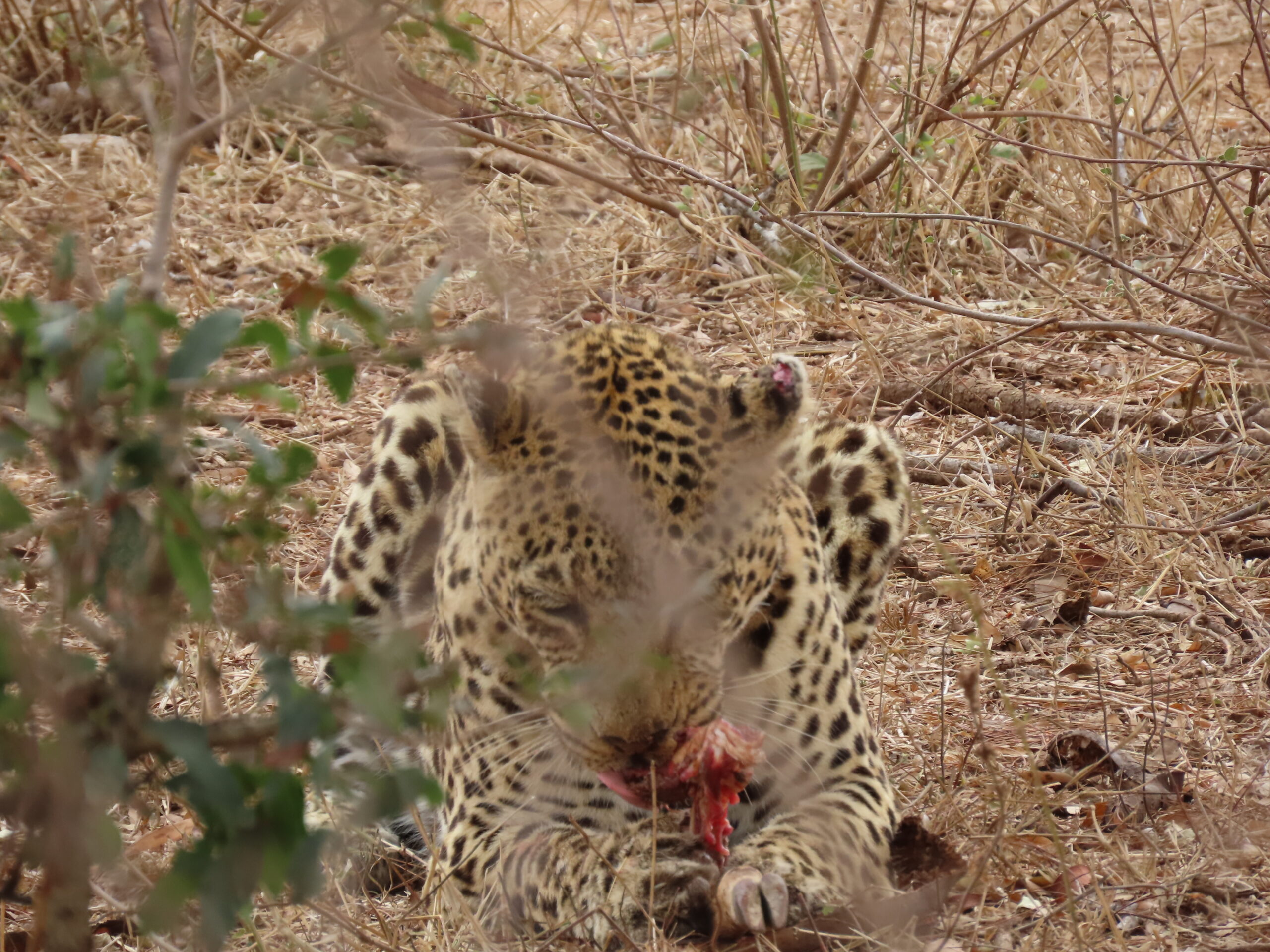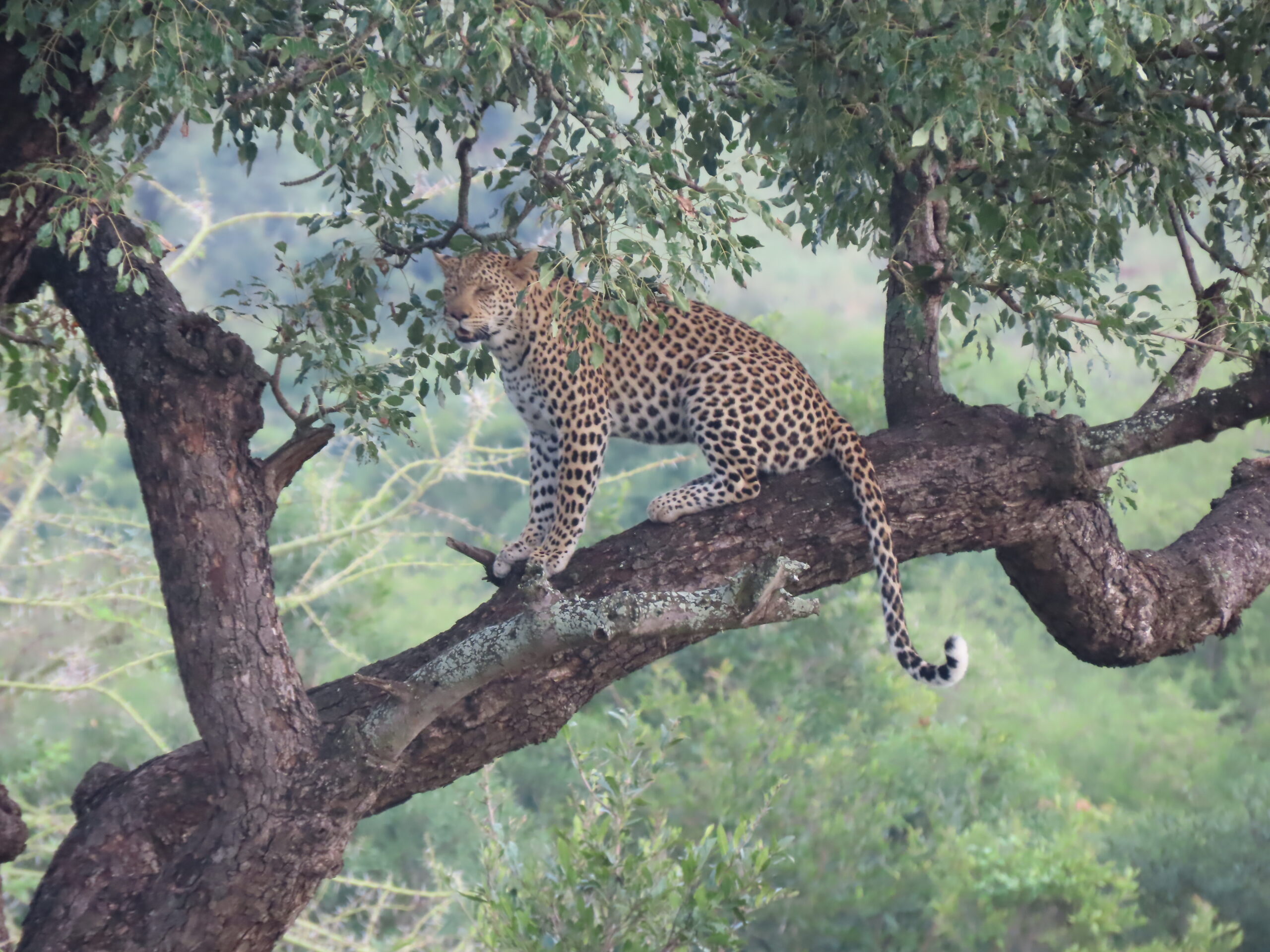
As mentioned earlier, seeing the Big Five is unlikely in this area since the rhinos have been moved further north to more protected areas. Poaching has caused the obliteration of tens of thousands of rhinos in South Africa for many years.
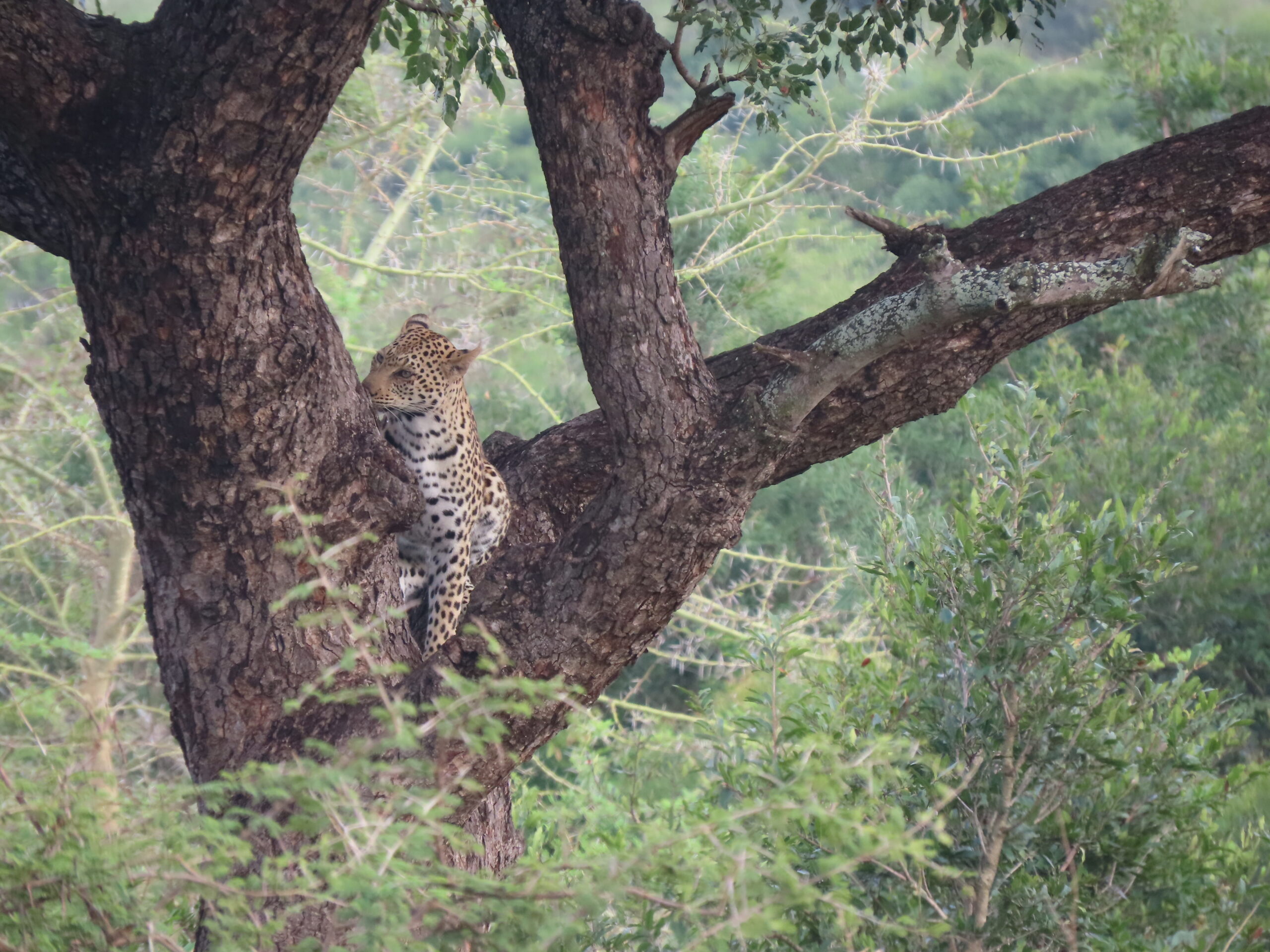
Here’s a chart with rhino poaching statistics from this site:
South Africa: A rhino poaching hotspot
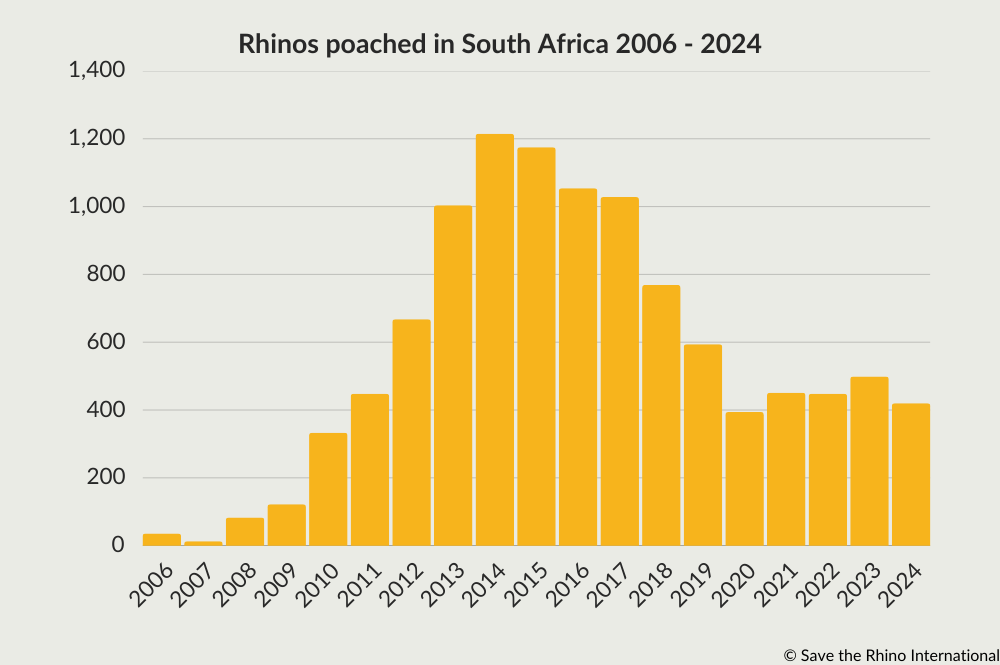
As a result of moving the rhinos, the likelihood of seeing The Big Five in this area is slim to none. The Big Five are described as follows:
“The Big Five refers to African lions, leopards, rhinoceros, elephants, and Cape buffalo. Today, the phrase is usually used to market safaris, but it was first coined by big-game hunters more than 100 years ago.”
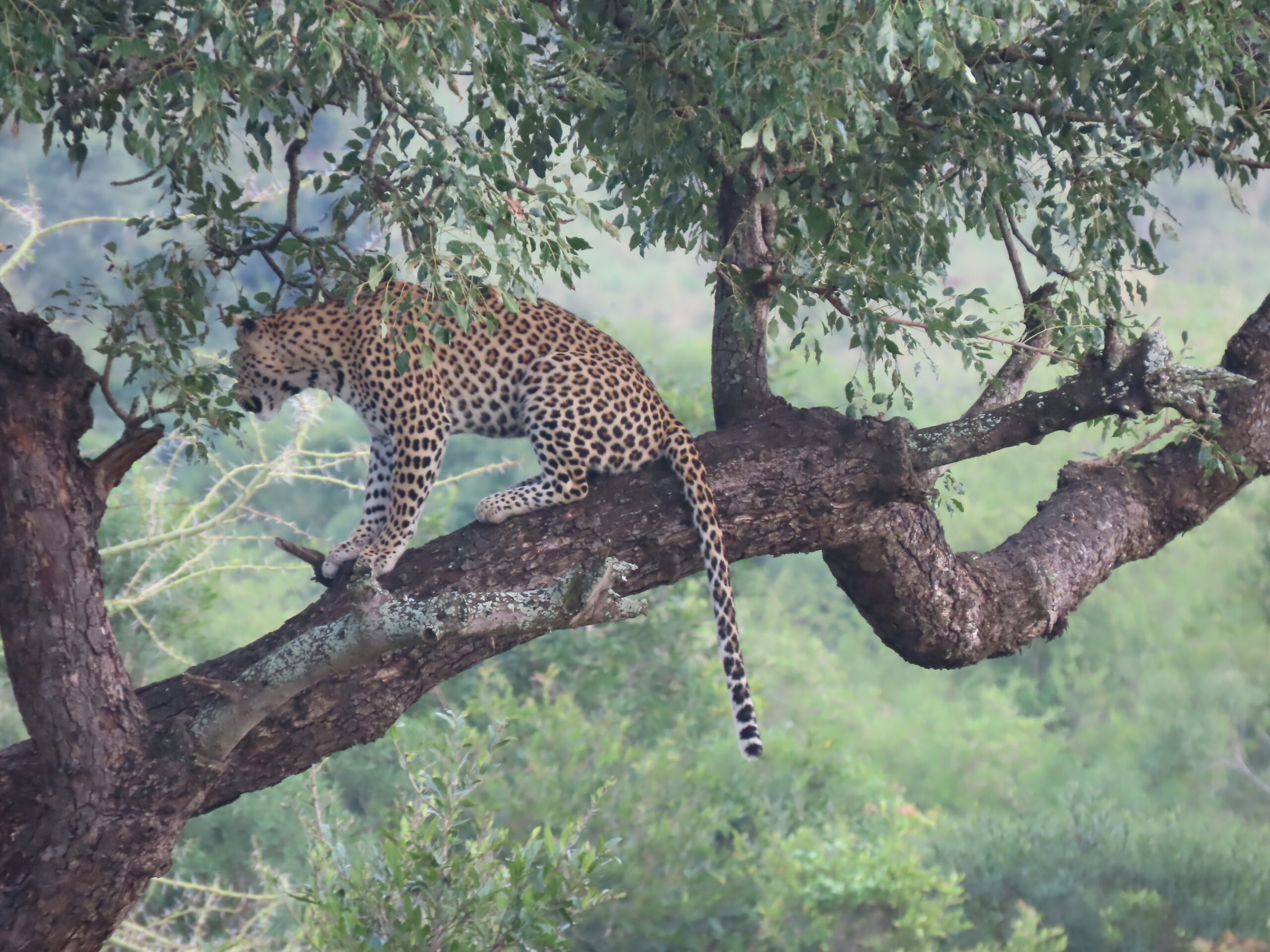
Thus, spotting four of The Big Five, except the rhino, on our morning drive on Monday was quite a thrill to share with Lisa and a joy for Tom and me. But, it isn’t so much about The Big Five as the experience of being in the park and the sightings of many other species, which we’ll continue to share over the next several days, including photos from last night’s night drive and dinner in the bush.
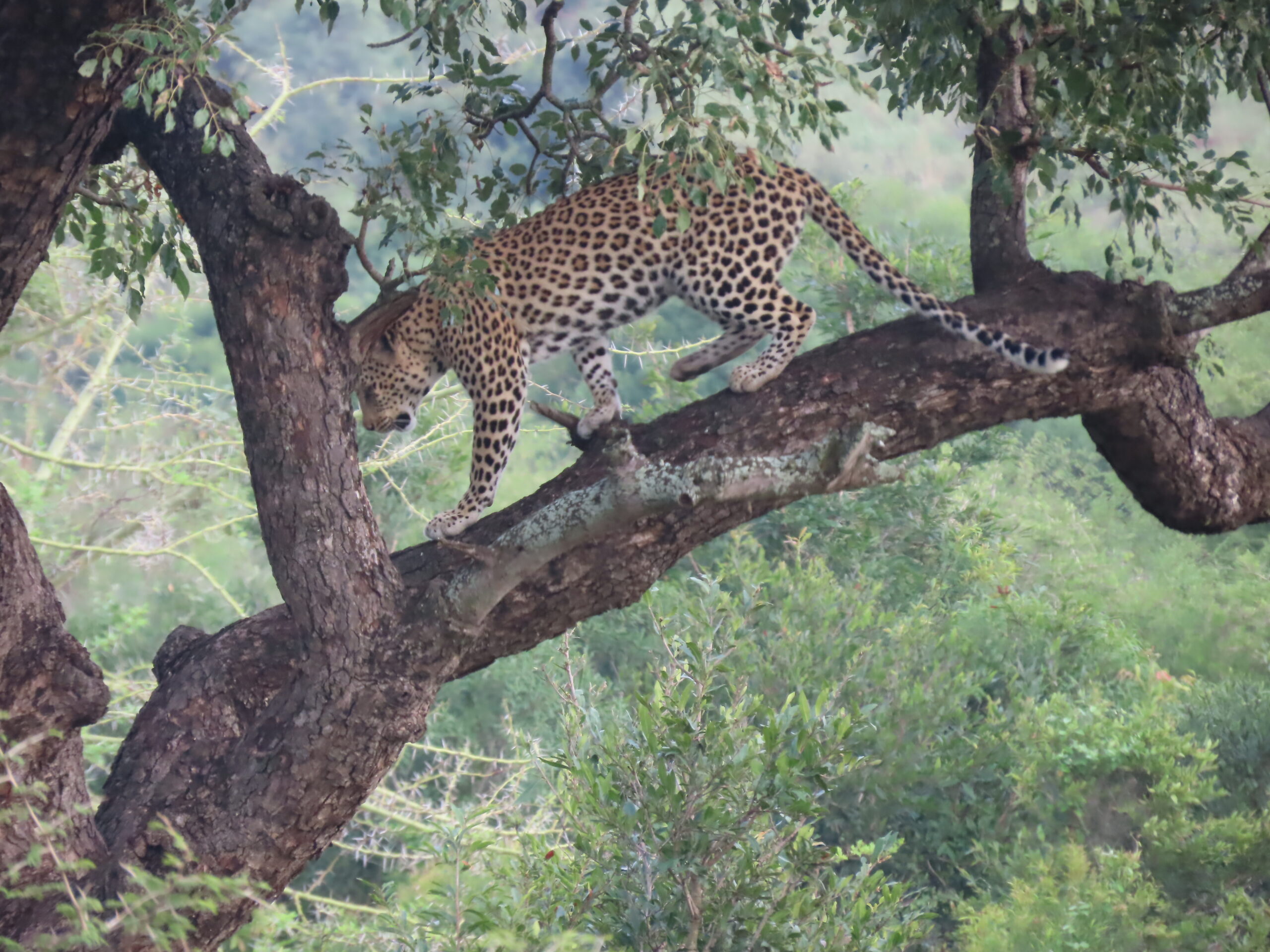
Today, we only have to run to the ATM at the Bush Centre, and tonight, we’re taking Louise and Danie out to dinner with us in Ngwenya for the Thursday evening buffet. It’s hard to believe the cost of their “all-you-can buffet” is only ZAR 200, US $10.30! Amazing!

We’ll be at Jabula tomorrow and Saturday evenings, so I won’t cook again until Sunday and Monday. It’s fun being so busy with so many activities.
That’s it for today, folks! We’ll be back tomorrow with more photos of our adventures.
Be well.
Photo from ten years ago today, April 10, 2015:
|
|

